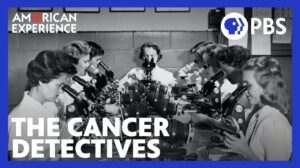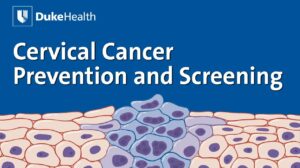NEW YORK (Reuters Health) – Patients with prostate cancer involving the seminal vesicle and who undergo radical prostatectomy fare best when given adjuvant radiotherapy plus androgen deprivation therapy, according to a French study reported in BJU International online August 18.
Dr. Cyrille Bastide, at Hopital Nord in Marseille, and colleagues note that seminal vesicle invasion is associated with decreased survival, and that radical prostatectomy alone is “probably insufficient” in this setting. To look at the benefit of different adjuvant therapies, the team examined data on 310 men who underwent radical prostatectomy and had seminal vesicle involvement.
The investigators included 199 of these patients in their analysis, after excluding those with detectable postop PSA, lymph node metastases and less than 18 months’ follow-up.
In this group, 82 were monitored without further treatment, 41 received adjuvant radiotherapy alone, 26 received only androgen deprivation therapy (ADT), and 50 received androgen deprivation combined with radiotherapy, according to the report.
The estimated 5-year survival rate free from biochemical failure was 32.6% in the monitored group, 44.4% among those in the radiotherapy-only group, 48.4% for the ADT-only group, and 82.8% for those given combination therapy, the researchers report.
Respective estimated 7-year biochemical-failure-free survival rates in the four groups were 25.9%, 28.6%, 32.3% and 62.1%.
Only the combination of radiotherapy and androgen deprivation was an independent prognostic factor, the team found. “The hazard ratio associated with adjuvant radiotherapy combined with hormonal therapy was 0.15 (p<0.001) for biochemical progression,” they calculate.
Dr. Bastide and colleagues conclude, “The findings reported in the present study suggest that adjuvant ADT combined with radiotherapy after radical prostatectomy for patients with seminal vesicle invasion confers a substantial benefit.”
An accompanying editorial adds, “Continued investigation is needed to identify the accurate cohort of high risk prostate cancer patients at highest risk for cancer progression and therefore most likely to benefit from a multimodal treatment approach.”
BJU Int 2011.




